Rancad Tablet (Ranolazine 500mg)
$51.00 – $139.00
| Country of Origin | india |
|---|---|
| Dosage Form | Tablets |
| Generic Name | Ranolazine |
| Indication | Angina (heart-related chest pain) |
| Packaging | 15 tablets in 1 strip |
| Manufacturer | Lupin Ltd |
| Composition | Ranolazine (500mg) |
| Rancad Tablet (Ranolazine 500mg) | |||
| Pack Size | Price | Price/Unit | Add To Cart |
| 45 Tablet/s | $51.00 (1.13/unit) | $1.13 | |
| 90 Tablet/s | $96.00 (1.07/unit) | $1.07 | |
| 135 Tablet/s | $139.00 (1.03/unit) | $1.03 | |
What is Rancad used for?
Heart disease comes in many forms. Coronary artery disease (CAD) is the most common form and is also called coronary heart disease or ischemic heart disease. Angina is one of the first sighs of CAD. Rancad tablets 500mg are used for long-term treatment of angina that has persisted for some time and is not well controlled by other medicines. Rancad tablets are used to help control symptoms of angina. They can be used as well as other anti-angina drugs, or if you are unable to take other anti-angina medications.
Coronary artery disease
Coronary artery disease (CAD) is caused by the narrowing and hardening of the main arteries supplying blood to the heart. Narrowing of the arteries is also known as atherosclerosis and is the result of a gradual build-up of fatty deposits, mainly cholesterol, in the walls of the arteries. This is known as plaque, and it restricts blood flow to the heart muscle so that it is not getting enough oxygen, which is when you will begin to have symptoms of angina. Narrowed arteries can also lead to heart failure, where the heart muscle becomes weakened and cannot pump efficiently. If the plaque cracks, it can cause a blood clot, and the artery becomes completely blocked, so that blood flow to the heart is blocked. This can result in a heart attack, also known as myocardial infarction, and if severe enough, can be life-threatening. A heart attack damages the heart muscle, and muscle cells begin to die if the blockage is not removed.
Angina
Angina does not cause permanent damage to the heart as blood flow is restricted but not blocked completely. Angina pectoris, which is the complete medical term for this condition is one of the first signs that your heart is not getting enough oxygen. The symptoms of angina are caused by a lack of oxygen to the heart muscles. They include chest pain, tightness or heaviness across the chest, and a feeling of discomfort like indigestion. Chronic stable angina describes the condition that continues without symptoms worsening over time. Symptoms are only triggered by exertion or emotional stress. This condition is a warning sign that you are at increased risk of a more serious heart problem such as heart attack.
Rancad tablets 500mg help relieve symptoms of chronic stable angina and to reduce the risk of heart attack. They are not suitable for treating unstable or acute angina, which is when symptoms can develop even when you are at rest.
How does Rancad work?
Rancad tablets 500mg contain ranolazine, a sodium channel inhibitor that is used to treat chronic stable angina. Ranolazine in Rancad tablets 500mg works through a novel mechanism to increase oxygen supply to the heart and reduce the demand of the heart muscle for oxygen when at rest. When heart muscle cells are starved of oxygen due to insufficient oxygen supply, the need for oxygen increases. The term ventricular tension is used to describe a measure of oxygen consumption by the heart.
An electrical signal is automatically generated in a specific area of the heart known as the heart’s pacemaker. This signal triggers the action potential, which is the change in voltage across the cell membrane of heart muscle cells (myocytes). This is how the passage of electrical impulses through the heart muscle is conducted to cause the heart to contract.
Contraction of heart muscle cells depends on sodium and calcium ions. These enter the myocytes through specific ion channels. The flow of charged calcium and sodium particles into and out myocytes regulates the action potential and the ion channels open and close through the various stages of the action potential. Sodium ions enter the cell first, followed by an influx of calcium ions. Normally, after myocyte contraction, the ion channels close, ready for the next action potential, and the heart cells relax between contractions. Under conditions where there is not enough oxygen available to the myocytes, the sodium channel does not close or reopens, resulting in a second phase of sodium ion influx. This late phase of sodium ion entry causes an imbalance in sodium as well as calcium entry into the cell. Changes in ion channel function result in calcium overload, which disrupts normal contraction and further increases the need for oxygen. This ion channel malfunction contributes to ischaemia (cell damage) and heart failure.
Ranolazine in Rancad tablets 500mg blocks the late phase entry of sodium ions into the myocyte after a contraction, which also reduces the inflow of calcium ions. Ventricular tension is reduced, allowing the heart muscle to relax and reducing oxygen consumption. This action of ranolazine in Rancad tablets 500mg reduces symptoms of angina and reduces the risk of a heart attack. However, Rancad does not affect heart rate, blood pressure, or vasodilation (relaxation and widening of blood vessels).
Rancad tablets 500mg are formulated for extended-release and can be used with other anti-angina drugs, including calcium channel blockers, beta-blockers, and nitrates.
Related Product
What does Rancad contain?
Rancad tablets 500mg contains the active ingredient ranolazine, a sodium channel inhibitor that is used to treat chronic stable angina, to reduce symptoms, and the risk of a heart attack.
What are the side effects of Rancad?
Most medications have some side effects, but they are not experienced by everyone. Some side effects are commonly experienced when taking Rancad, but others are not so common, and you should discuss any problems or concerns with your primary care physician.
Common side effects when taking Rancad include constipation, vomiting, nausea, headache dizziness, asthenia (weakness).
When should Rancad not be used?
Have a talk with your primary healthcare physician before taking Rancad so that you have a full understanding of what this medicine is for and how to use it. There are some reasons for not taking a medication; these are called contraindications, and for Rancad you should consider the following before taking Rancad:
- Have you ever had an unusual reaction or an allergy when taking Rancad?
- Are you pregnant or breastfeeding?
- Do you have any problems with your kidneys or your liver?
- Do you have heart failure or an abnormal electrocardiogram (ECG)?
- If you are elderly, as there is an increased risk of side effects
- Is your body have weight low (60 kg or less)?
What medications interact with Rancad?
Some medicines interact with Rancad and may affect the way it works, or are affected by Rancad or increase side effects; you should discuss possible interactions with your primary care physician. These may include antiepileptics like carbamazepine and phenytoin, antifungals like ketoconazole, antibiotics like clarithromycin, HIV protease inhibitors like ritonavir, antiarrhythmics like quinidine, calcium channel blockers like diltiazem or verapamil, the immunosuppressant ciclosporin and tacrolimus, digoxin for heart failure, statins for high cholesterol, St. John’s Wort for mood disorders, grapefruit juice.
If other medications may interact with Rancad, your doctor will discuss these with you.
How should Rancad be taken and for how long?
You should take your Rancad tablets 500mg swallowed whole with a glass of water, with or without food and twice daily. After two to four weeks, your doctor may alter your dose depending on how well you respond and any side effects. You should continue to take your Rancad tablets 500mg for as long as recommended by your doctor.
Note: you should not drink grapefruit juice while taking Rancad tablets 500mg
Missed dose of Rancad
If you miss a dose of Rancad tablets 500mg take it as soon as you remember, unless it is time to take the next dose, then skip the missed dose. Do not take a double dose.
How should Rancad be stored?
You should store your Rancad tablets 500mg below 25°C in a cool dry place.
Be the first to review “Rancad Tablet (Ranolazine 500mg)” Cancel reply
Related products
Angina Pectoris Anti-Anginals
Angina Pectoris Anti-Anginals
Angina Pectoris Anti-Anginals
Angina Pectoris Anti-Anginals
Angina Pectoris Anti-Anginals
Angina Pectoris Anti-Anginals
Angina Pectoris Anti-Anginals
Angina Pectoris Anti-Anginals
Angina Pectoris Anti-Anginals
Angina Pectoris Anti-Anginals
Angina Pectoris Anti-Anginals
Angina Pectoris Anti-Anginals


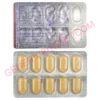
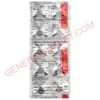
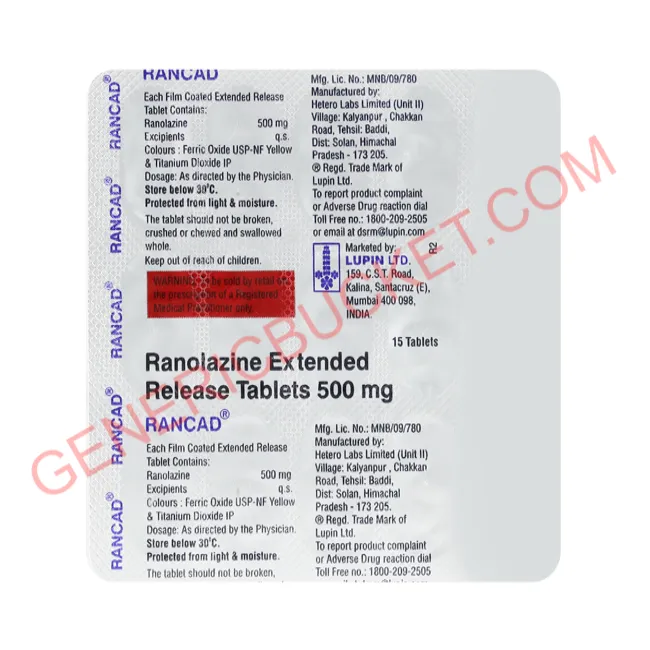

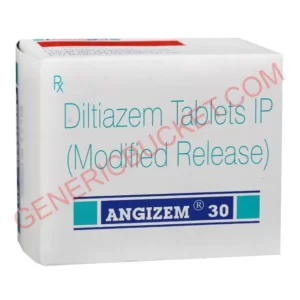



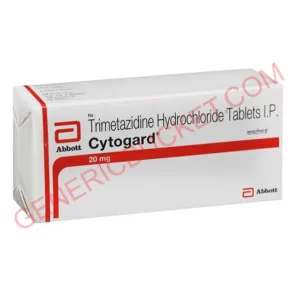



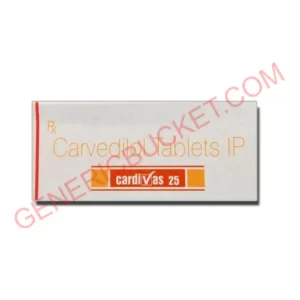
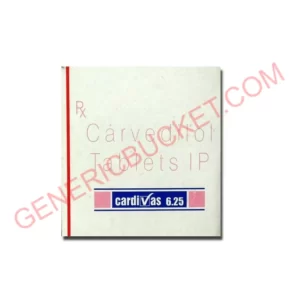


Reviews
There are no reviews yet.